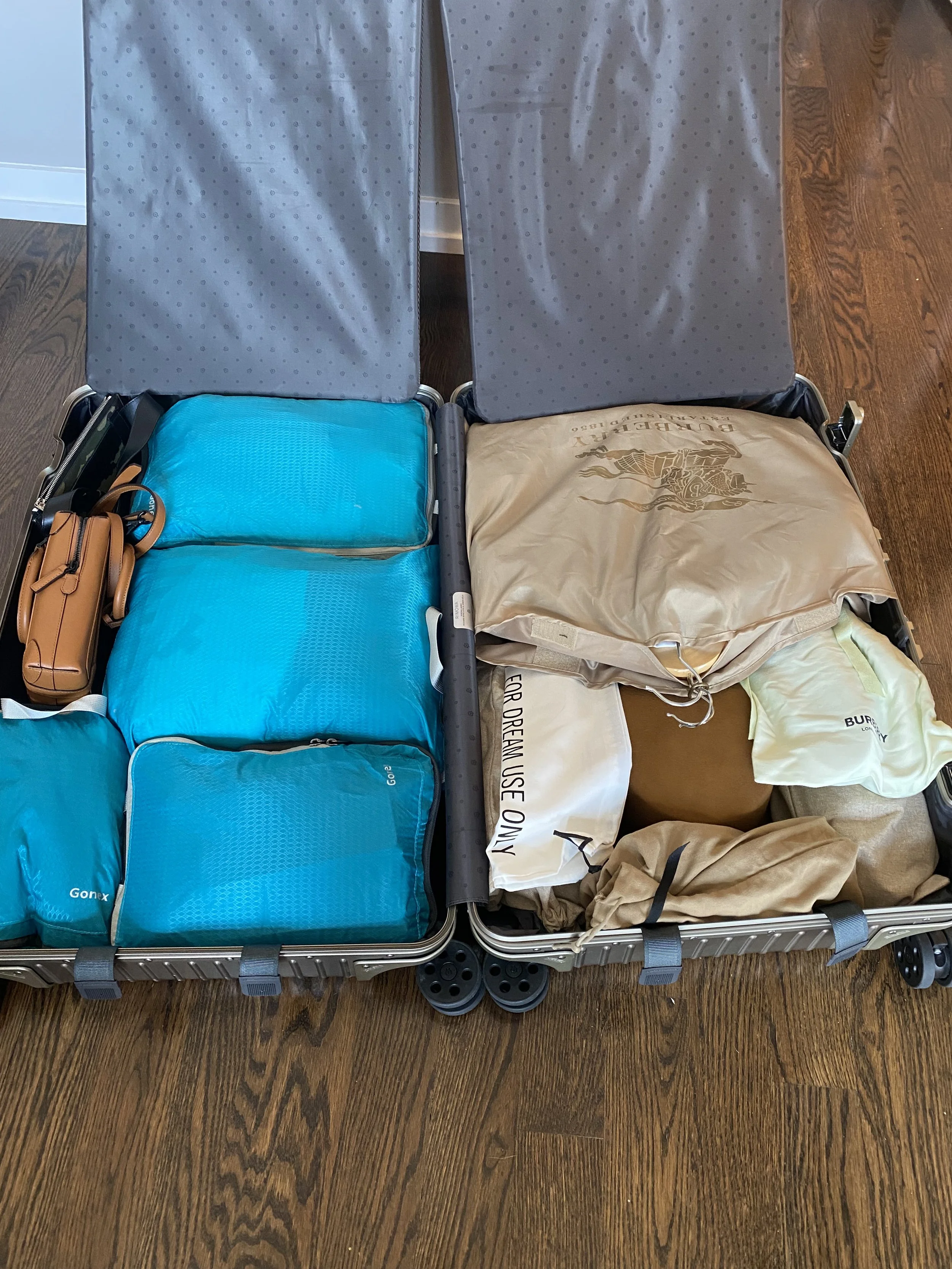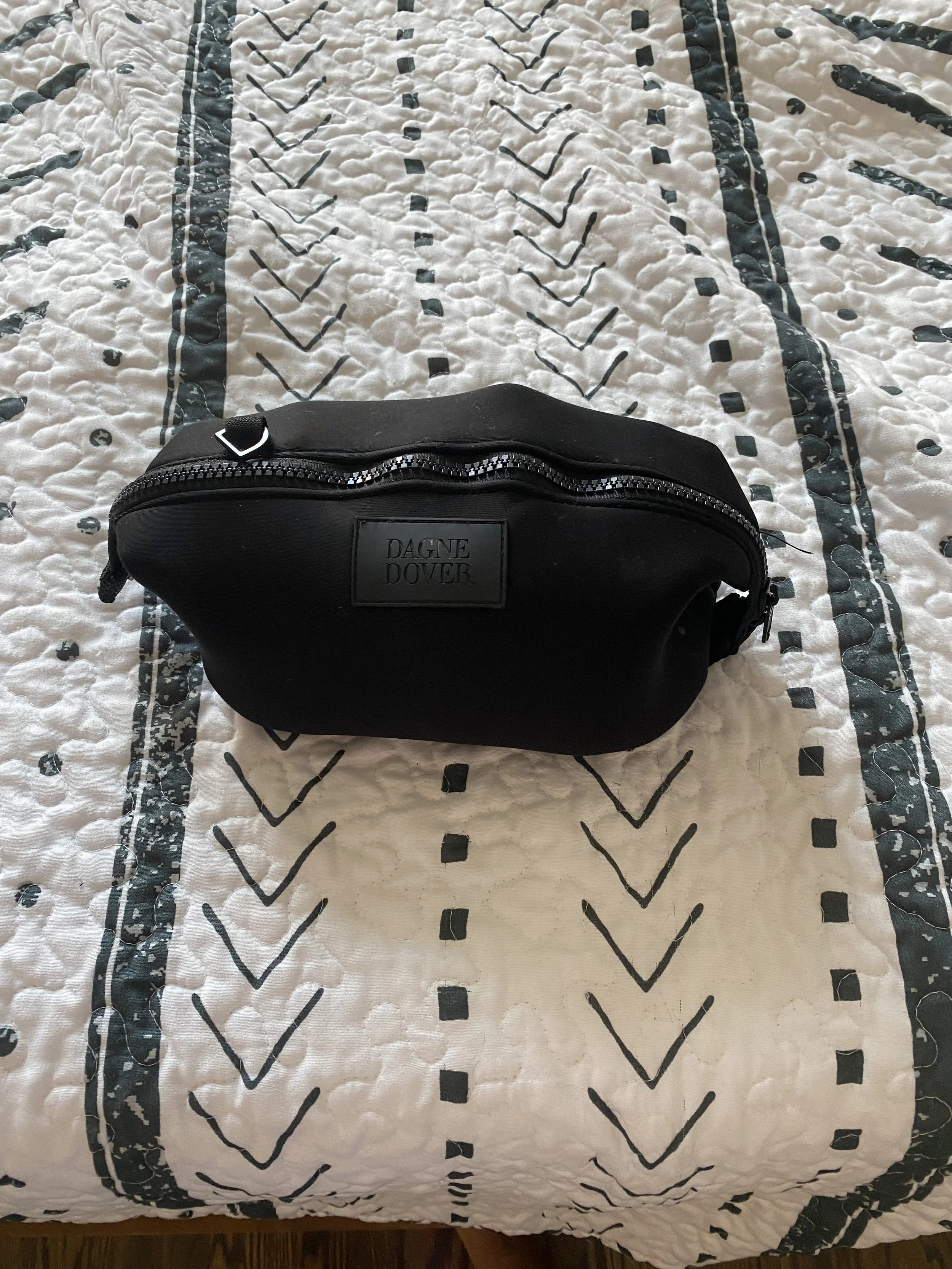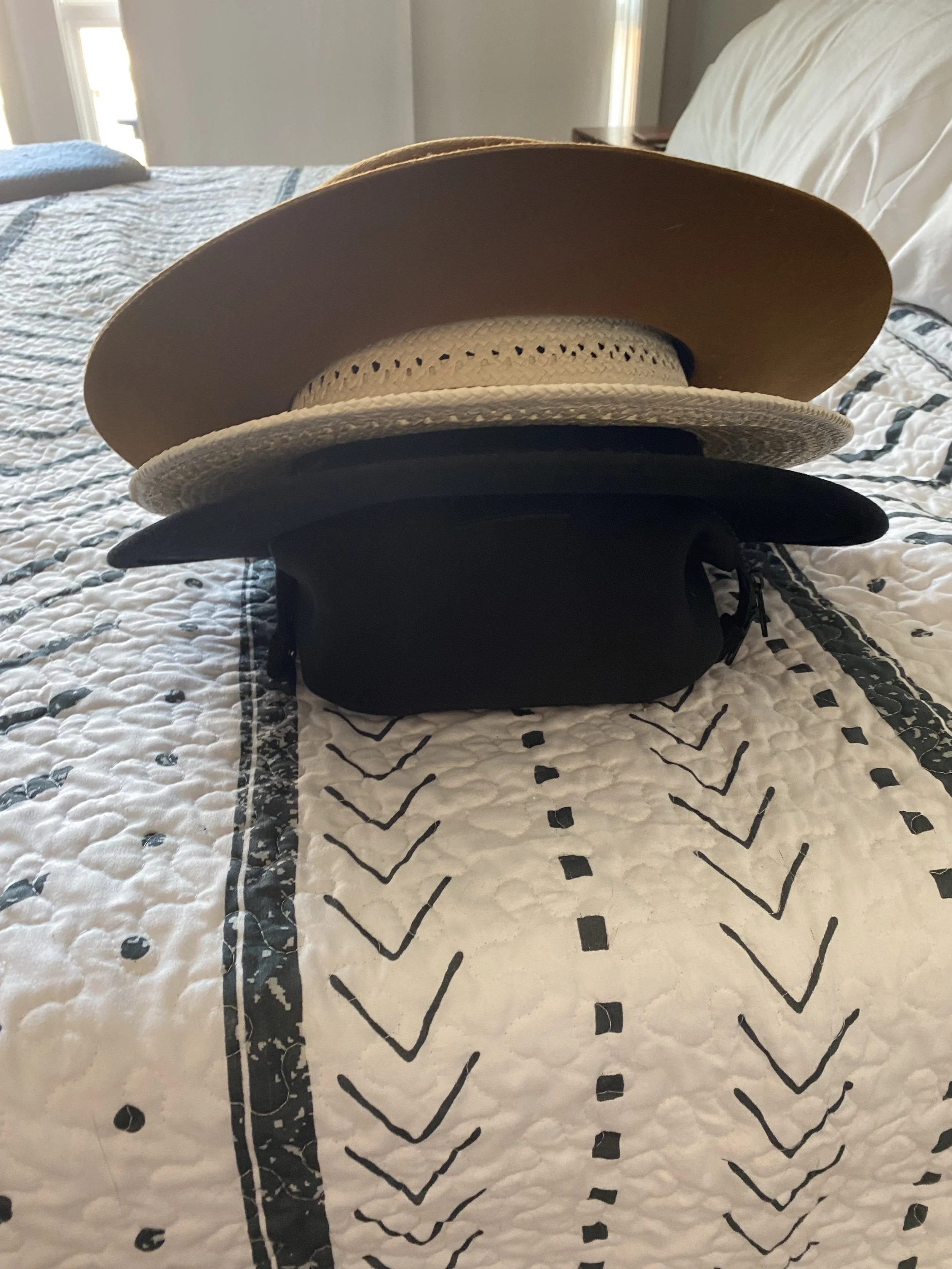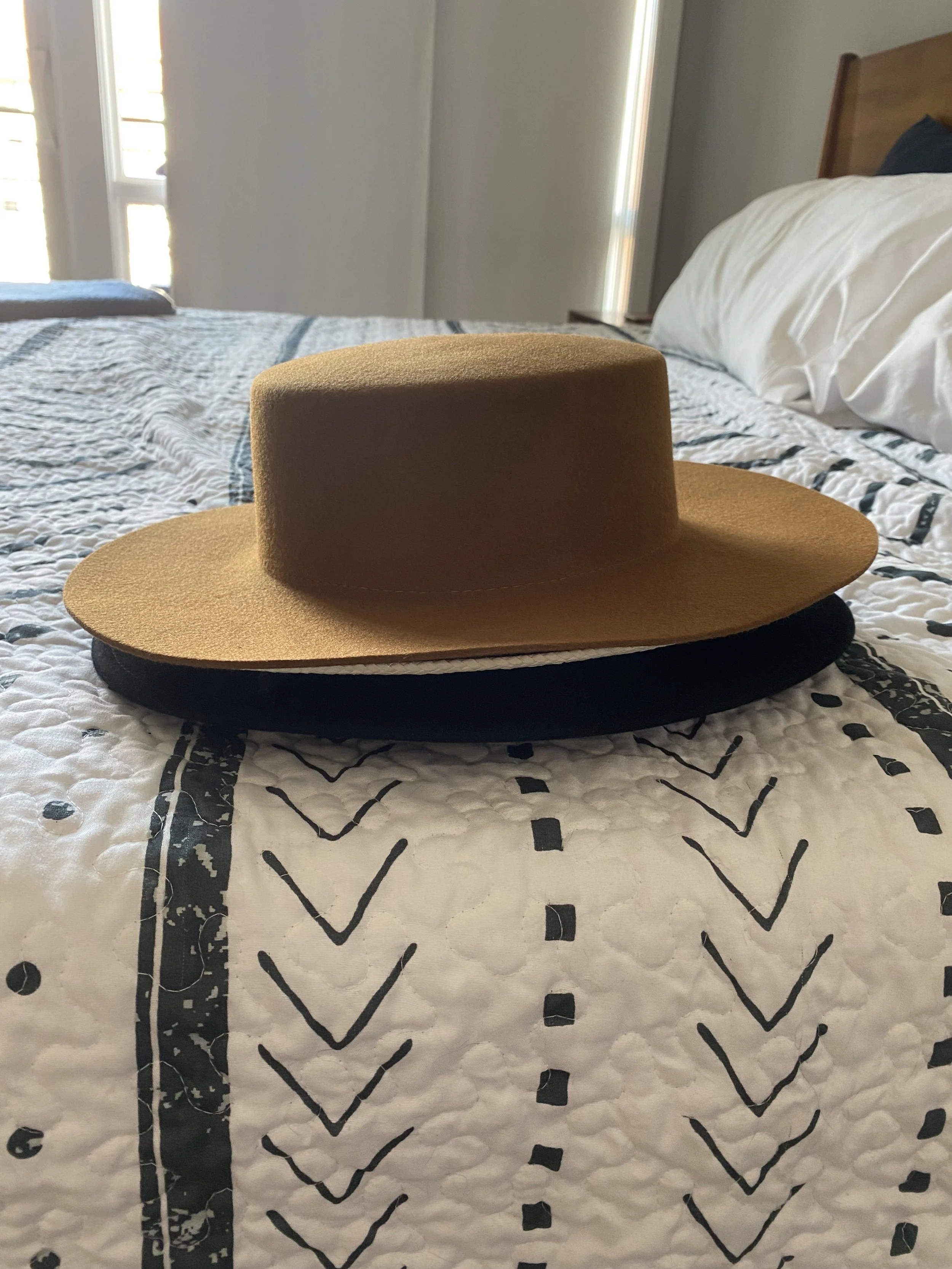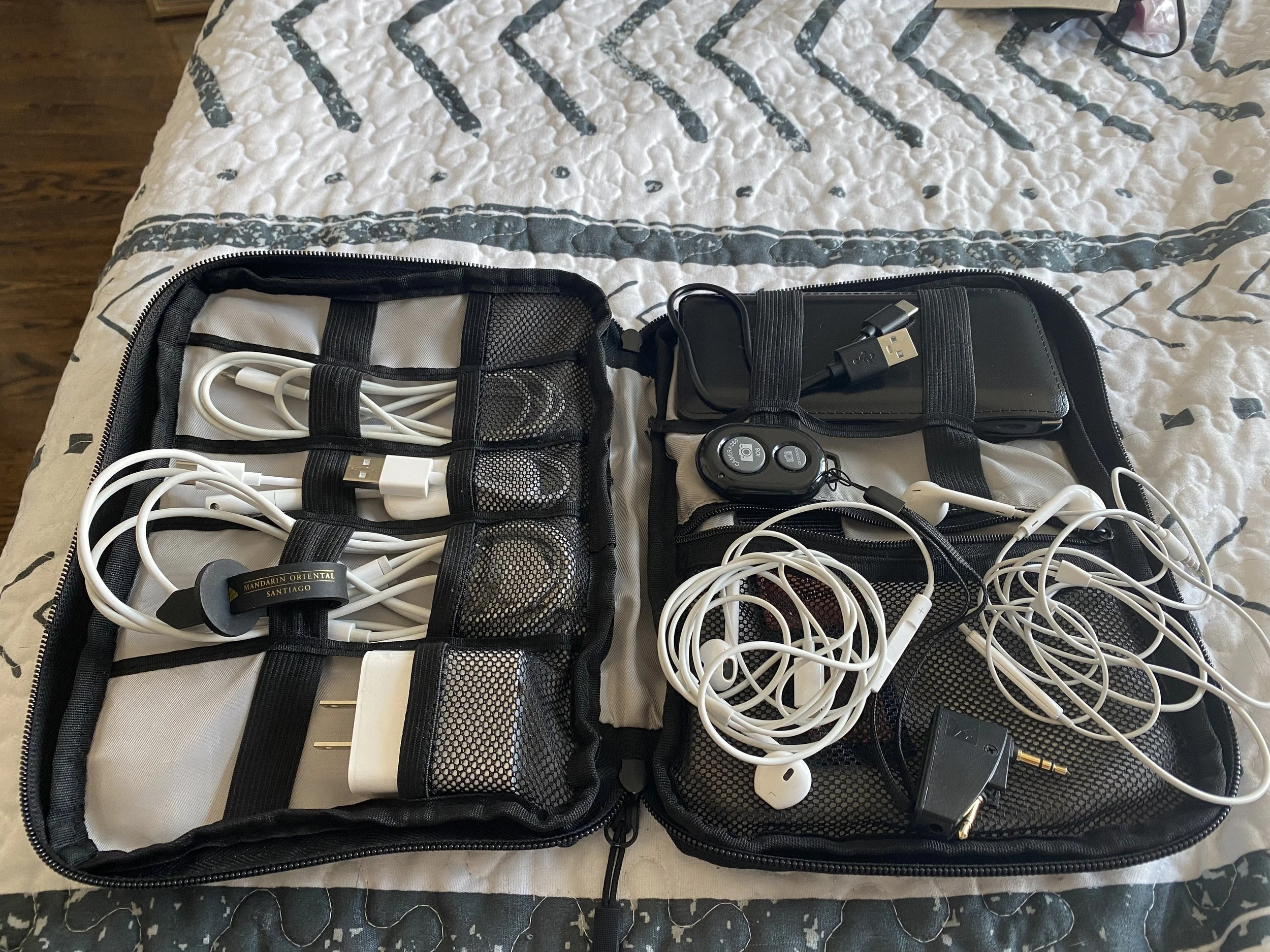Packing
Ultimately this will be person and vacation dependent. However, there is some research that will need to be done. Less research for a simple beach trip vs. much more research for a hiking trip in Peru. Here are a few general tips:
Look at the weather, then look again; in advance of booking your trip, look at what the weather is like in general at a given time of year. This will help you to know when it’s the best time to visit. Once you have your trip booked, check the weather a week before you leave. Unexpected weather changes can happen at the last minute, and you want to pack accordingly.
Might there be religious restrictions? If you are traveling to a Muslim country, you will want to know how strict they are with dress expectations (particularly for women) and dress accordingly.
Be realistic. Do you really need five pairs of jeans for a 7-day trip? Only you can answer this question, but in general, less is often more when it comes to packing.
Try packing compression cubes. I was skeptical, but you can really save room or pack more, whichever option you want. I like these cubes from Amazon. This was my trip to Paris, Venice, Rome and a stopover in Lisbon. Using the Rimowa check in L, I fit 6 shoes/sandals, 2 hats (see hat packing trick below), 1 tuxedo (for the Orient Express Train), 1 suit and 2 blazers. In the cubes alone, I was able to fit: 5 pants, 3 shorts, 12 shirts, 1 oversized shirt/jacket, 3 PJs, and 7 underwear.
8 days, 7 nights
How to pack wide brim hats
1.Start with a full medium sized tolietry bag
2. Place the hats over the toiletry bag
3. Fit them snuggly in place
4. Place in your suitcase and pack items on top of the brim (see 1st picture with hats in the suitcase)
Carry-on Essentials
Portable Charger
Charger cords and outlets-
a)Lightning Jack
b)USB type C fast charger
c)micro USB
Headphones— I pack 3
a) My bluetooth headphone (I bring my airpod max and pro).
b) Wired headphones with the lightning jack (in case your Bluetooths run out of battery)
c) Wired headphones with the old school 3.5mm jack— to use on the plane to watch the in flight entertainment (don’t assume the airline will always provide you with them or that their options will be ideal).
Hand Sanitizer, Antibacterial wipes, and Face masks— hygiene is important, pandemic or not!
Lotion, Chapstick, Toothbrush, micro-toothpaste, face wipes, deodorant— the first 2 can be used on any kind of flight, but the last 4 I keep for long haul flights, especially if you have a layover.
Snacks— even seeemingly short haul flights can lead to unexpected delays (on the plane) and no-one wants to be hangry while stuck on a plane
Medicine— especially any prescribed medicine but also consider “in case of emergency” medicine.
Eye Mask, neck pillow (if you’re flying economy)
Pen
My electronics case
Lost or delayed luggage
Keep your baggage claim slips! They are the sticky little pieces of paper the check-in attendant will usually attach to the back of your boarding pass. If you are using the self-check-in and baggage tag kiosk, then the slip will be a part of that long tag.
I never paid much attention to these slips before… until my luggage was delayed three times on my trip to Kenya.
If your luggage is lost (usually temporarily), here are the steps to retrieval:
Find the baggage claim desk for the airline that operated your FINAL connection. On international flights, your booking airline may use a different airline (usually within the same alliance) to operate one of the flight’s connections. So while you may have booked your entire trip with American, part of your connection may be operated by, say… Iberia (if you are departing from or arriving in Spain). If your last connection upon landing IS with Iberia AND your luggage is lost, then you need to file your claim with Iberia. Airlines have an agreement, and this is how they operate. So all your claims and requests for any refunds should be with the last airline that handled your luggage (Iberia, for our example).
Keep ALL your forms as you will need this to not only retrieve your luggage but also if you want to file a claim with your travel insurance company for reimbursements. I would recommend trying to get restitution from the airline first, but if you are not successful, then file with your travel insurance or credit card company.
Find out in advance what the airline's specific policy is for reimbursement. When Kenya Airways lost our luggage, they were less than forthcoming regarding their reimbursement policy. Their policy only gave out reimbursements ONCE. Why might this be important? Well, in our lost luggage incident, we returned to the airport after one day of our luggage being lost because we were leaving Nairobi and headed off on our safari, so we were really hoping our luggage would be found by then. It was found, but unfortunately still not in Kenya. At this point, we were given reimbursements for the one day the luggage had been lost and given promises that they would fly our luggage out to the Maasai Mara landing strip the next day. Long story short, that never happened, and we went our entire safari without our luggage. Upon returning to the Nairobi airport to reclaim our luggage, we attempted to claim the other three days of reimbursement we thought we were due. This is when we learned that since we had already received a reimbursement, we would not receive any more.
Packing with a stopover
A stopover is essentially a long layover. I will talk about this in detail in a different post. But for the purposes of the packing topic, this is what you need to know or ask when you check in. Will my luggage be checked to its final destination? If yes, then you need to pack clothes and other necessary stopover items in your carry-on luggage.

